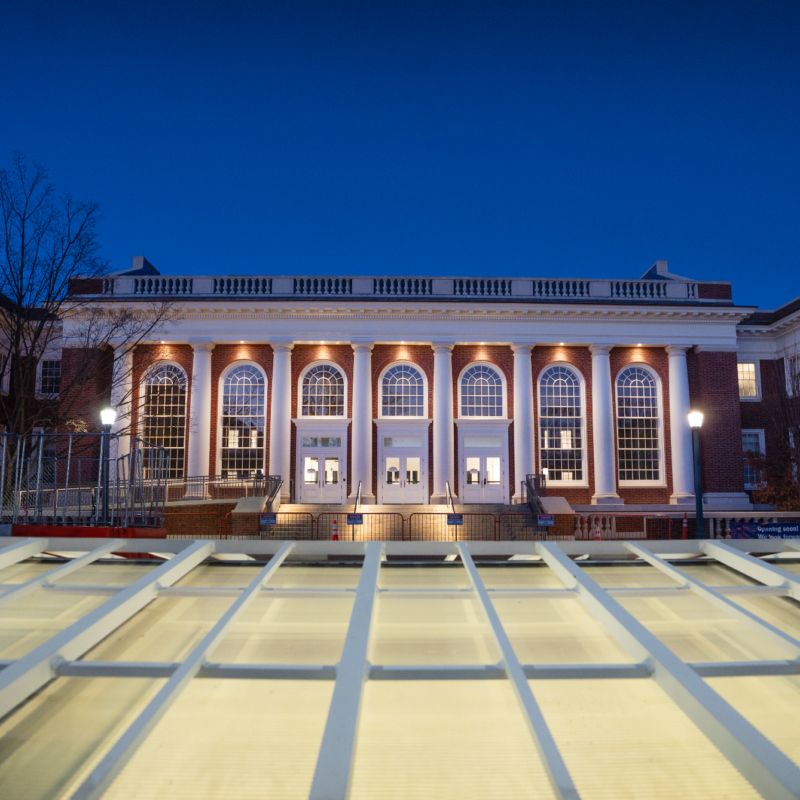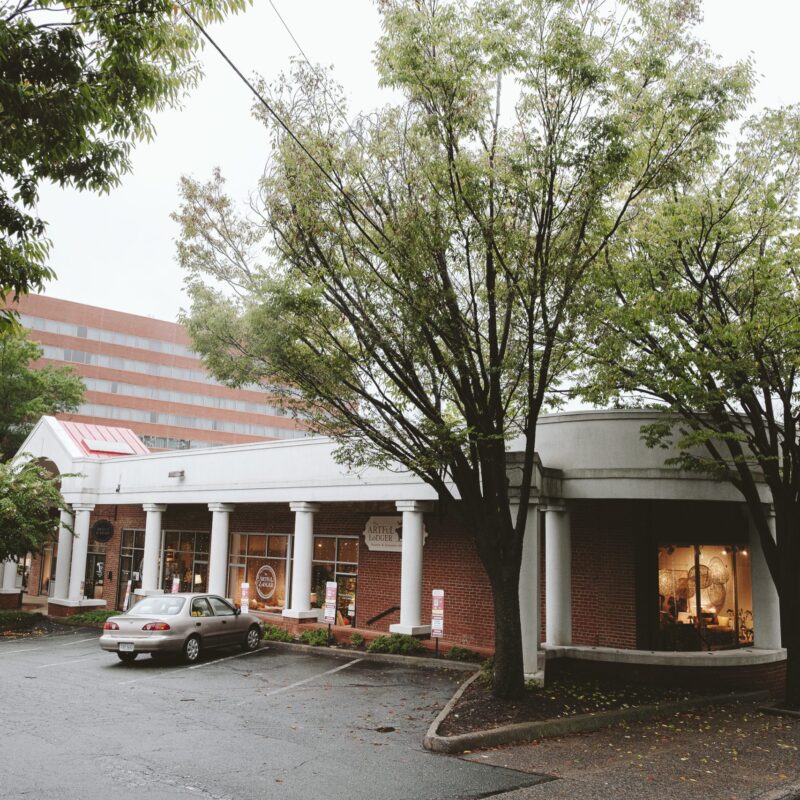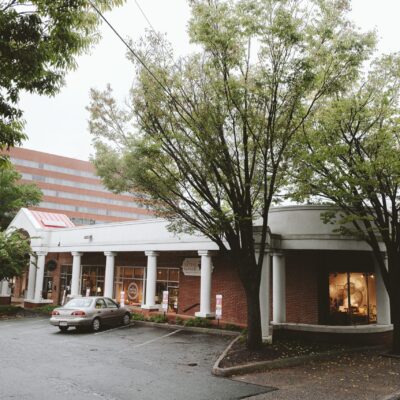In 2003, Greenbrier Elementary School was the first school to start a weekly event called Walking Wednesdays, where families are encouraged to walk with their children to school and buses to drop off kids a few blocks from the school. Clark Elementary soon followed.
“When you walk, you get to see things that you don’t usually see,” says Clark Elementary Principal James Pierce. “Lawns with flowers, people who live there, and a different environment in general.” And the additional fitness, he says, is good for the body and the mind. About 150 kids take the bus daily at Clark Elementary, while 30 families walk with their kids.
 Some students walked to school for their first day at Venable Elementary School. According to the 2000 census, about 6 percent of Charlottesville kids want or bike to school. |
In an effort to make the commute to school more walkable, the Virginia Department of Transportation allocates funds to the Safe Routes to School program, whose goal is to make transportation alternatives more appealing. The City of Charlottesville and a nonprofit organization, Alliance for Community Choice in Transportation (ACCT), have been selected for four separate funding awards for a total of approximately $725,000 dollars. A total of $25,000 was awarded to ACCT for the creation of Safe Routes to School programs at all elementary and middle schools.
“Most of the funds have been awarded to actual infrastructure projects,” says Sarah Weisiger, Safe Routes to School Coordinator for VDOT. “The funding is not awarded to the school division, but rather to the city government and under the administration of the city manager.”
In 2007, VDOT allocated $11,600 for a multiuse connector at Venable Elementary between the school and the Hope Community Center on 11th Street, and Buford Middle’s grant provided new sidewalks and improved crosswalks.
In May 2008, Burnley-Moran Elementary received $328,280 to build sidewalks and crosswalks in the Locust Grove neighborhood, just north of Route 250.
Some of the money from the grant will be used to enhance safety on the three-way intersection of Ninth Street, Prospect and Forest Hills avenues. “Fast cars are the biggest hazard to kids,” says Caroline Heins, Charlottesville’s program coordinator for Safe Routes to School. “We work with law enforcement to get traffic under control around the schools.”
At Burnley-Moran Elementary, the monthly Walking Fridays enables kids who ride to school, whether on a bus or accompanied by parents, to participate in the event by walking a lap around the track before classes begin.
“The event promotes community,” says principal Daphne Keiser. “And it’s a good source of exercise. It gets their heart pumping and ready for the day.”
Keiser says that between five to 10 families walk to school on a regular basis, but she wants to see more. “Kids love it when they get to walk,” she says. “So why not do it more often?”
To help with the numbers of kids and families who do walk to school on a regular basis, seven crossing guards serve in the city’s school system.
Heins says that according to the 2000 U.S. Census statistics, about 6 percent of Charlottesville kids walk or bike to school.
“I think the number is far less,” she says, attributing part of the problem to safety and a common misunderstanding that bikes do follow the same traffic rules as cars. “We spend time educating kids on how to correctly bike to school,” she says.
C-VILLE welcomes news tips from readers. Send them to news@c-ville.com.





